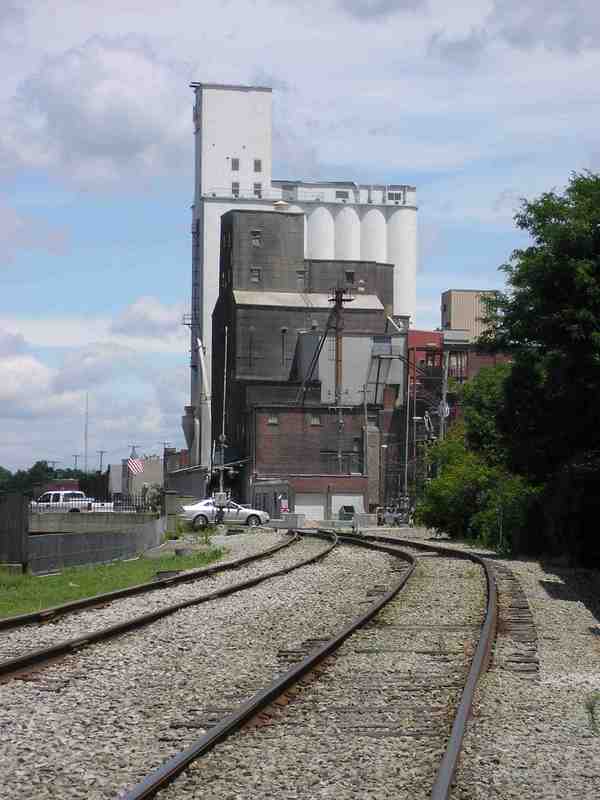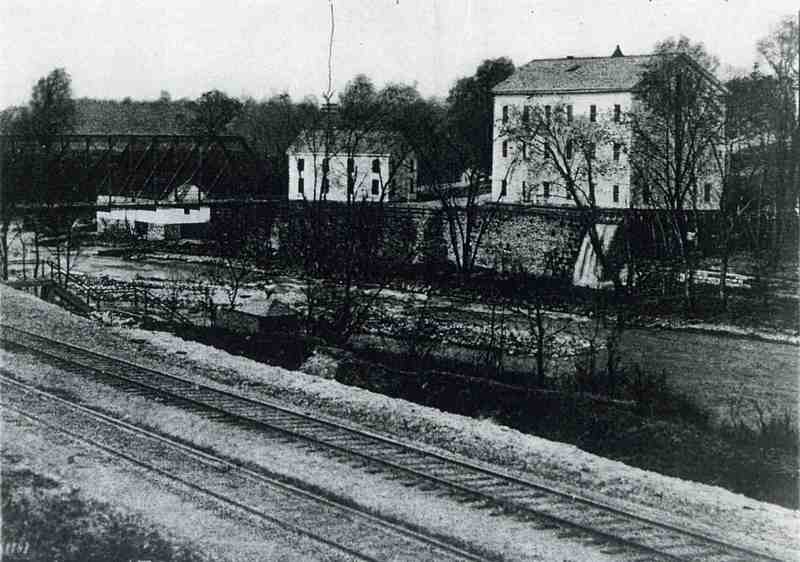
What's in a name? The city of Kent has identified with various names and nicknames throughout its establishment in 1805. Originally known as Franklin Mills, the city was once a thriving industrial town. The mills located on the banks of the Cuyahoga River brought money, people and pride to this northern Portage County settlement. Overlooking the Cuyahoga River is the Star of the West Flour Mill (originally known as the Williams Brothers Mill). It is the only fully functional mill left in the city of Kent.
Established in 1879 by the Williams Brothers, the Star of the West specializes in producing flour and tops fifteen million dollars in sales each year. Other prominent mills of the past include the Kent Mill, also a flour mill, and the Alpaca Mill which originally specialized in milling silk.
The mills of Kent have left a lasting impression on the city. Water power for the mills was harnessed from the Cuyahoga River with the construction of the Kent Dam in 1836. Reliance on the Cuyahoga, however, did not come without a price. In 1913, the river flooded and wiped out many of the mills on the riverbanks, including the Kent mill. Once the pride of the area, the Kent mill stopped running after the flood and was torn down in 1931.
Early on, goods from Kent's mills were shipped via the Pennsylvania & Ohio Canal which ran parallel to the Cuyahoga. The canal was short lived and shipping methods were replaced when prominent banker Marvin Kent brought the Atlantic & Great Western Railroad to town in 1863. Mr. Kent's rail lines had a tremendous impact on the city and in 1864 Franklin Mills was renamed Kent in honor of him. Today, Kent is still a flourishing community with a history as rich as they come. Meanwhile, the Star of the West Flour Mill continues to carry on the traditions of the city's earliest industrial history into the 21st century.
Images






